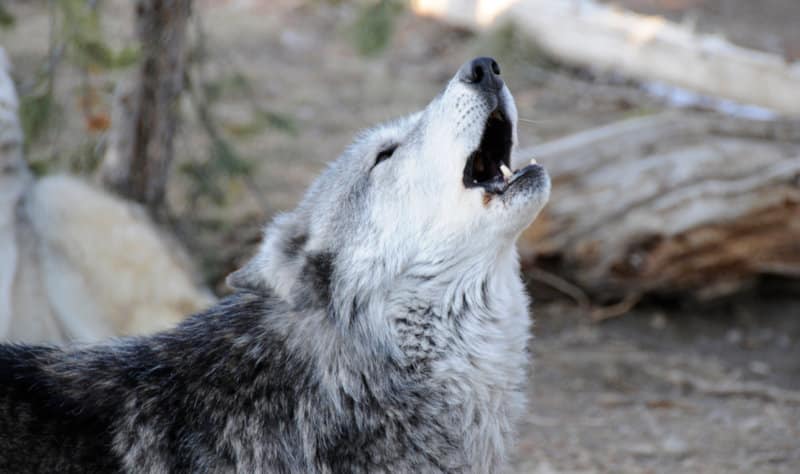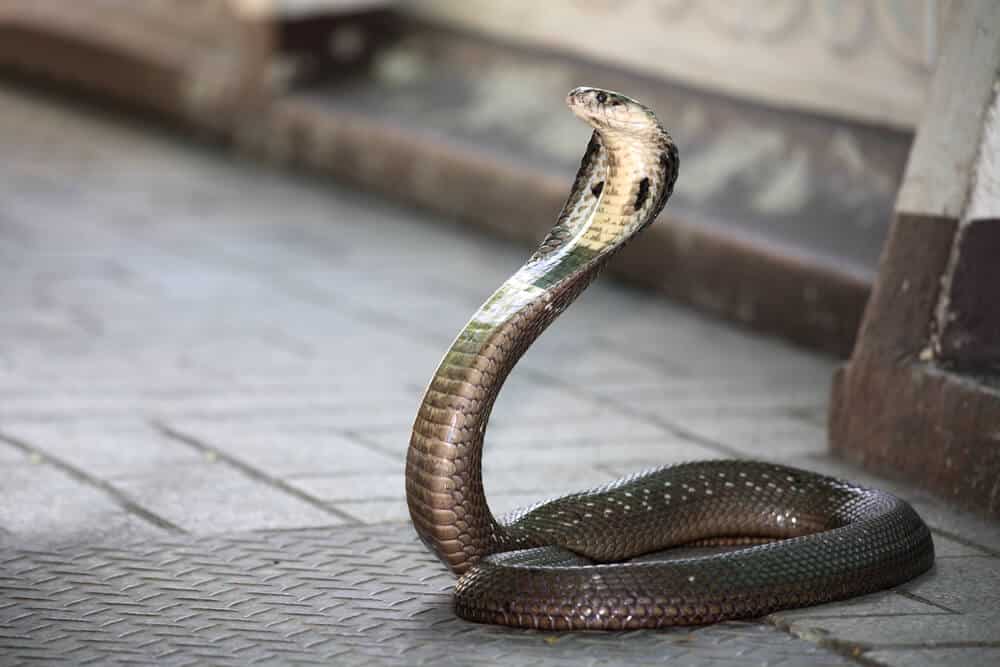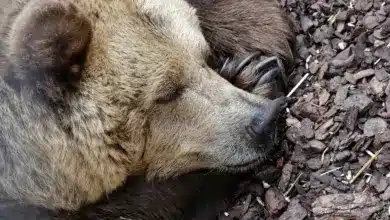Horses have been admired for centuries for their power, elegance, and ability to form deep connections with humans. These majestic creatures facilitated global trade and conquest in the Age of Exploration.
From their humble beginnings as domesticated creatures to their esteemed status as athletes in modern equestrian sports, horse riding has been a common practice. The journey of horses is a fascinating story of evolution and partnership. Ancient cultures have long revered horses as powerful and divine beings.
Let’s examine the historical development of horses and their beginnings.
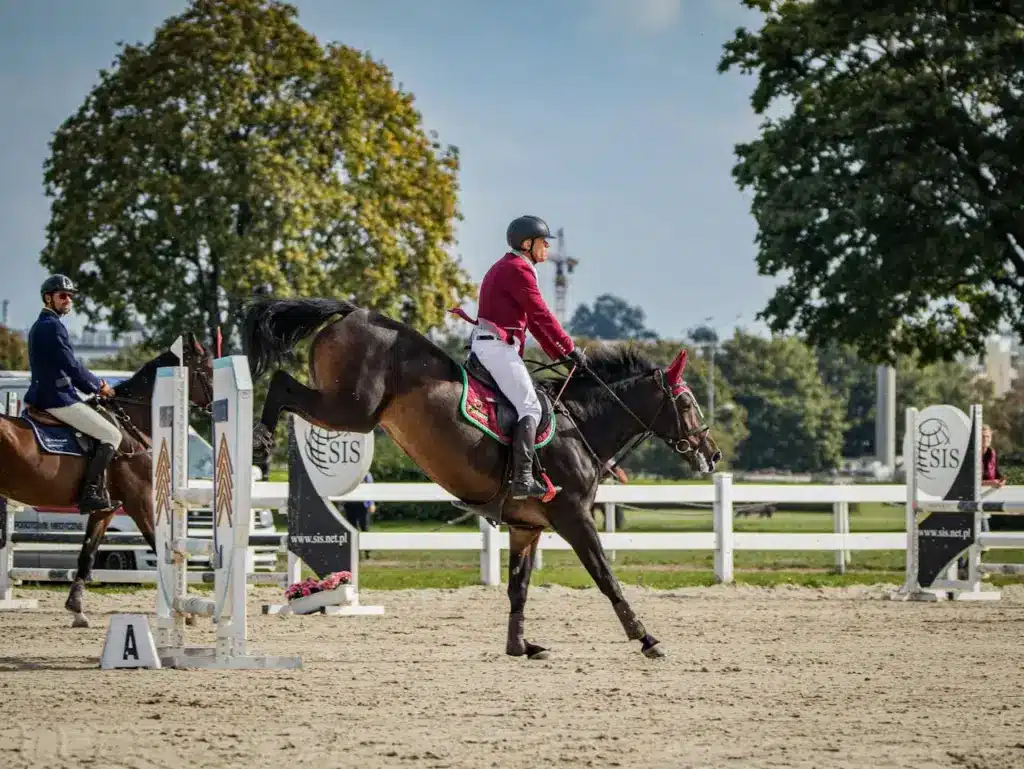
The Fascinating History of Horses
The horse’s evolutionary history is one of the best known in all of paleontology. From about 56 million years ago to 33.9 million years ago, during the Eocene Epoch, the horse family Equidae began to form.
Horse Domestication
Around 4000 BC, horses were domesticated, marking the beginning of equestrianism. The ability to tap into the strength and speed of these magnificent creatures was a watershed moment in human history. Several ancient civilizations owe a great deal to the domestication of horses, which had far-reaching effects beyond just improving transportation.
If you love horses and want to make a career out of horse care, check Jooble, where you can find various jobs related to this profession.
Early Horse Warfare
In ancient times, horses played a significant role in warfare, showcasing their early and remarkable utilization. Horses revolutionized warfare by providing armies with unprecedented mobility and a significant tactical edge.
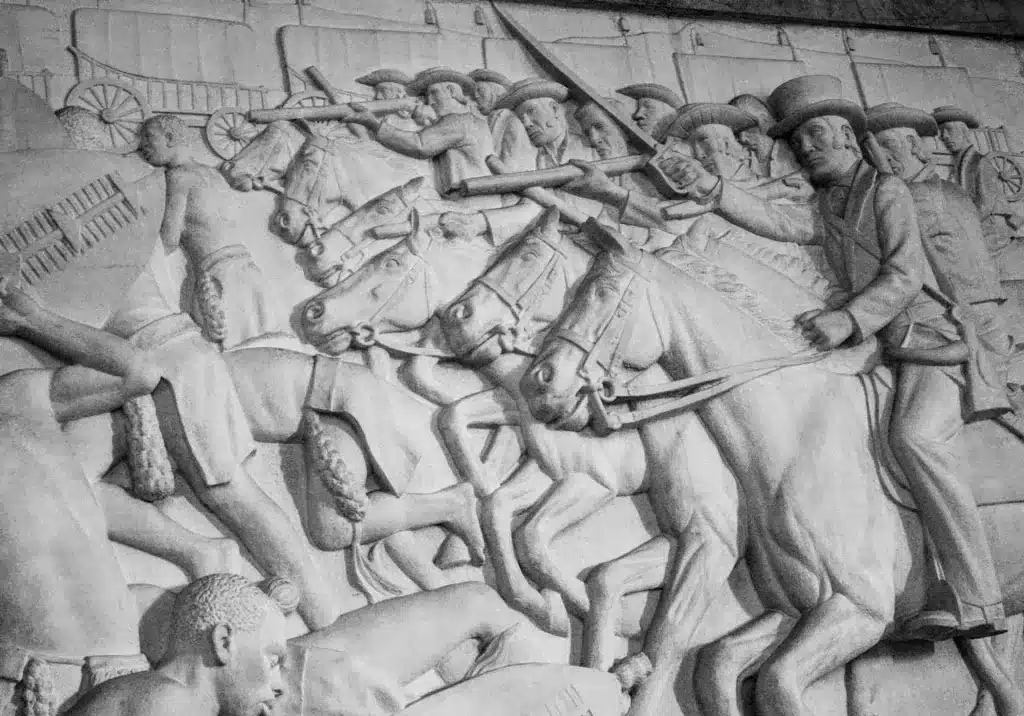
The nomadic tribes of Central Asia, like the Scythians and Mongols, were famous for their exceptional horsemanship and adept use of horses in their military expeditions. Warriors were able to swiftly attack their enemies thanks to the speed and agility of horses, which made them mighty opponents.
Evolution of Horse Riding Methods
The development of riding skills became crucial as a result of the domestication of horses and their growing use in many facets of human existence. Early riders used various techniques to direct and manage their horses efficiently. As a result, riding techniques, gear, and training methods evolved and are still widely used today.
The Evolution of Equestrian Sports
The leading equestrian sports of today have their origins in dressage, which was created in ancient Greece to train horses for combat. When chariot races were included in the Ancient Olympic Games in 680 BCE, horses were also a part of the sports. The modern sport of jumping evolved from the more traditional fox hunt and steeplechase of the 17th and 18th centuries. At the same time, the multi-event discipline known as eventing served as a means of training and evaluating horses for use in the Military.
Ancient Origins
In ancient civilizations like Greece, Rome, and Persia, horseback riding played a vital role in military training and warfare, serving as both a practical skill and a crucial component. The ancient Greek and Roman civilizations celebrated the incredible speed and agility of horses through thrilling chariot races. Additionally, in the context of warfare, cavalry units held a crucial position in shaping battle strategies. These early forms of horseback riding competitions set the stage for the emergence of more structured sports in the following centuries.
Medieval Tournaments and Jousting
Throughout the Middle Ages, tournaments gained immense popularity across Europe. These captivating spectacles showcased knights engaging in a wide range of thrilling equestrian events, such as jousting, melee combat, and skill-at-arms contests.
These tournaments showcased not just the combat skills of the knights but also provided a platform for them to exhibit their equestrian abilities and code of honor. Jousting, in particular, became a revered and symbolic equestrian competition, where knights would charge at one another with lances, attempting to knock their opponents off their horses.
Renaissance Horsemanship
The Renaissance era witnessed a resurgence in classical horsemanship and the development of more refined riding techniques. Throughout Europe, riding schools and academies were established to educate the nobility in the art of riding.
These institutions placed a strong emphasis on fostering a harmonious relationship between horse and rider. During this period, dressage emerged as a prominent discipline, emphasizing precision, obedience, and grace. Its influence can still be seen in modern-day competitive dressage.
19th Century Sporting Culture
During the 19th century, equestrian sports experienced a significant shift, becoming more structured and inclusive for a broader range of people. Horse racing, in particular, became a beloved pastime for many, with the creation of racecourses, betting systems, and prestigious events like the English Derby and the Kentucky Derby. The emergence of the leisure class also resulted in the formation of recreational riding clubs and societies, which helped to increase the popularity of equestrian activities among the affluent members of society.
Modern Equestrian Disciplines
In the 20th century, equestrian sports underwent a significant transformation, with the emergence of various disciplines such as dressage, show jumping, eventing, endurance riding, and polo. International governing bodies, like the FEI (Fédération Equestre Internationale), were created to ensure the proper regulation and supervision of competitive events worldwide.
Equestrian athletes, who were traditionally associated with the aristocracy, now come from a wide range of backgrounds and dedicate themselves to full-time training in order to excel in the sport’s most prestigious competitions.
Olympic Equestrianism
Since 1900, equestrian competitions have featured in the modern Olympic Games, exhibiting the highest level of athleticism and horsemanship. The three main horse sports represented in the Olympics are dressage, show jumping, and eventing, which draws elite riders from all over the globe. Olympic equestrianism fosters ideals of sportsmanship, fair play, and consideration for the care of horses, in addition to showcasing the sport’s appeal on a global scale.
Conclusion
From their origins as tamed horses to their pivotal role in molding human civilization, the history of horses is an extraordinary journey spanning thousands of years. In many old cultures, horses were seen as powerful, loyal, and connected to the divine. From old chariot races to current Olympic events, the history of horse sports shows how people have always been interested in these beautiful animals.
Along with celebrating the bond between people and horses, it is crucial to remember their history, protect their homes, and look out for their health so that future generations can benefit. Horse stories aren’t just stories from the past; they’re also live proof of how people and animals have always been connected.

